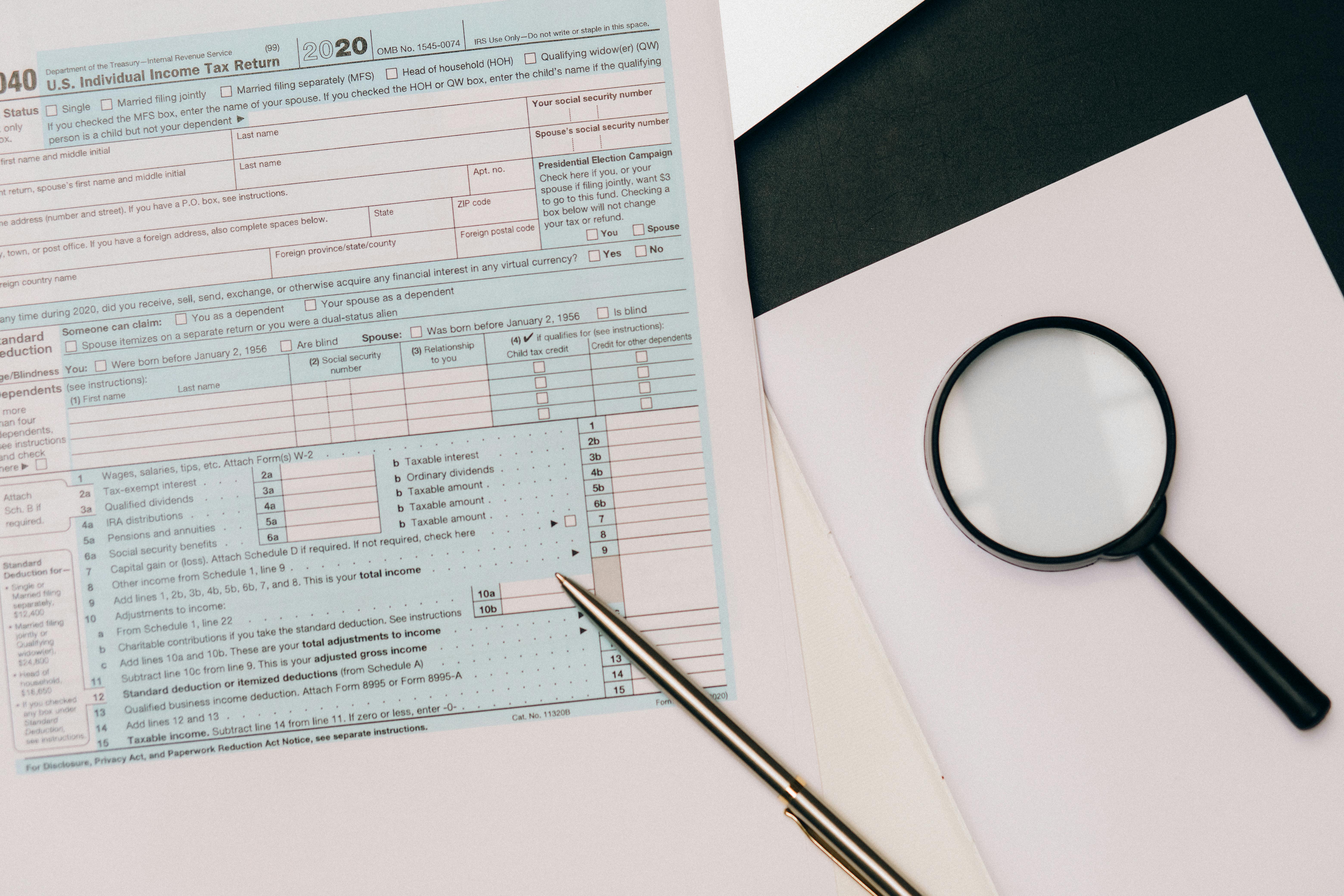
Effective Ways to Jump Start Your Car in 2025 and Avoid Common Mistakes
In 2025, knowing how to jump start your car is more important than ever as automobiles become increasingly reliant on advanced electrical systems. A dead car battery can leave you stranded, and understanding the jump starting process is essential for all drivers. This article provides in-depth guidance on how to jump start a car properly, including effective techniques, common mistakes to avoid, and safety precautions to consider.


Understanding the Jump Start Process
Jump starting a vehicle involves using a live battery to recharge a dead car battery. It's crucial to understand the appropriate steps in the jump start process to ensure safety and efficiency. This usually starts with connecting jumper cables properly—**connecting jumper cables** the right way is vital to avoid damaging components in either vehicle. When looking at how to jump start a car, here’s how to connect the cables:
Proper Connection Procedure
Before attempting to jump start your vehicle, it's essential to gather the right tools, primarily a set of quality jumper cables. Always connect the cables in the following order for maximum safety:
- **Connect the positive terminal of the donor battery** to the positive terminal of the dead battery.
- **Attach the negative terminal to the negative terminal of the donor battery.**
- Finally, connect the other end of the negative cable to a metal part of the dead car—this isn’t just a random connection; it acts as a grounding point to prevent sparks near the battery.
Properly connecting the cables reduces the risk of short-circuiting and prevents damage to the cars involved. Always double-check your connections before starting the procedure.
Car Battery Safety Precautions
Safety is paramount when performing a jump start, particularly with vehicles featuring sensitive electronics. Make sure you wear safety goggles, avoid flammable materials, and park both vehicles far enough apart to prevent accidental contact. If your car won’t start after following the **jump start instructions**, the issue may lay deeper than just a dead battery. Consider having your battery and starter motor function thoroughly checked by a mechanic.
Jump Starting Guidelines for Specific Vehicle Types
Not all cars are created equal, and jump starting methods can vary. For **SUVs** and **trucks**, you often need to be more meticulous due to their larger batteries. Always consult the vehicle manual for any model-specific requirements before commencing the jump start process for larger vehicles. Additionally, using a **battery charger for cars** can sometimes be a safer alternative for more massive electrics.
Common Mistakes When Jump Starting a Car
Auto jump start techniques are not always straightforward, and several common mistakes can lead to complications. Understanding **common jump start mistakes** helps prevent damage and ensures a smooth experience. Jump starting isn’t just about boosting a battery; it requires attention to detail and the right information.
Neglecting Battery Health Checks
A frequent oversight is jumping a car without considering the battery’s overall health. Checking battery performance can dictate the approach taken. A **starter motor function** may be ineffective if the battery is too aged. Understand how often you should have your battery assessed, especially in adverse weather conditions that can exacerbate issues such as a battery drain. Regular **battery maintenance tips** go a long way in prolonging battery life.
Improper Cable Management
An unkempt arrangement of jumper cables can lead to entanglement and increased chances of wrongly identified terminals. Being aware of the **importance of battery terminals** ensures you’re dealing with the right connection points. Always keep cables organized, and only connect when you’re confident that they are appropriately attached.
Running the Engine at Incorrect Intervals
Once connected, many drivers think that running their engine for a few seconds will fully charge their dead car battery. In reality, after a jump start, allow the engine to run for at least 15 minutes to recharge. Some say longer is better. Always consider how long to jump start to ensure your car battery regains it's a necessary charge before turning off the vehicle.
Choosing a Jump Starter and Maintenance Tips
The market is flooded with **battery jump starter** units, making it essential to choose one that suits your needs. Understanding different options, including **portable jump starters** and **alternative jump starters**, empowers you to make better decisions. If you frequently face battery issues, investing in a portable jump starter can be cost-effective in the long run.
Assessing Jump Starter Efficiency
When reviewing various jump starter options, consider their efficiency ratings. A unit that provides rapid starts can be immensely helpful in emergencies. Carry statistics about the **best jump starter capacity** to ensure compatibility with your vehicle type. It's also wise to look into current **jump starter reviews** before making a purchasing decision. Performance can vary based on multiple factors, such as battery technology and design.
Jump Starter Maintenance Tips
Even portable battery jumpers need care to ensure longevity. Regularly check your jump starter’s battery and maintain proper **jump starter maintenance tips**—this might include charging your jump starter every few months to prevent battery degradation. It's about creating more than just equipment; it's about crafting a safety net for your journeys.
Important Seasonal Battery Care
Adverse weather can affect battery performance, hence seasonal battery care skills become critical for drivers. In winter, ensure your car battery remains fully charged, as cold enhances the likelihood of battery failure. **Winter battery tips** focus on keeping your electrical systems properly functioning during extreme shifts in temperature.
Key Takeaways
- Always connect jumper cables correctly to avoid accidents.
- Regular checking of battery health stops issues before they arise.
- Understand that an appropriate jump starter can enhance reliability.
- Overnight charging of defective batteries may be necessary for deeper issues.
FAQ
1. How can I troubleshoot a dead battery?
To troubleshoot your battery, start by ensuring all electronic accessories are turned off. Look for signs such as dimming lights or clicking noises when trying to start your vehicle. As part of your troubleshooting efforts, understand how to test battery performance and seek out **roadside assistance tips** for a backup plan in case things go awry.
2. What should I do if my car won’t turn over after a jump?
If your car won’t turn over post-jump, there might be deeper issues at play such as a failing alternator, starter motor trouble, or severe battery problems. Using a **battery troubleshooting guide** can help clarify what to check next, or it might be worth calling a professional if you’re not comfortable diagnosing the issue.
3. Are portable jump starters effective?
Yes, effective portable jump starters have significantly improved over time. They are compact, easy to store in your vehicle, and can start cars quickly. However, it’s wise to understand their limitations and compatibility with your vehicle to ensure they serve you well during car emergencies.
4. How often should I check my car battery?
Regular checks of your car battery are recommended, especially before long trips, seasonal changes, or after any incident of prolonged inactivity. Seasonal battery care should include periodic testing for health and capacity, ensuring you can avoid common car battery issues.
5. What precautions should I take before jumping a vehicle?
Before jumping a vehicle, ensure both cars are turned off, and check connections carefully to avoid any accidents. Keep in mind everyday **safety precautions when jumping** batteries to ensure everyone is kept safe throughout the process. Always consult the manual of your vehicle for any specific notes or precautions.